NOAA: El Niño May Accelerate Nuisance Flooding
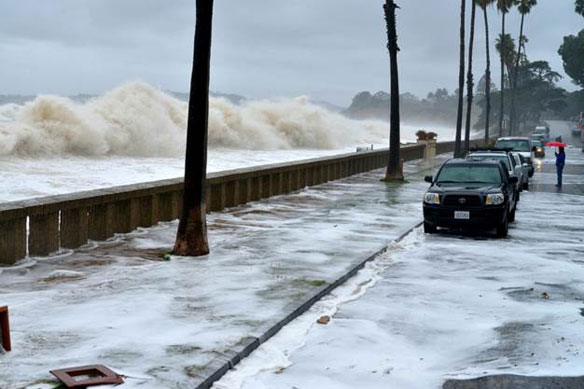
According to a new NOAA report, many mid-Atlantic and West Coast communities could see the highest number of nuisance flooding days on record through April due to higher sea levels and more frequent storm surge, compounded by the strengthening El Niño, which is likely to continue into the spring.
Summer Sea Ice Likely to Drop to 4th Lowest on Record
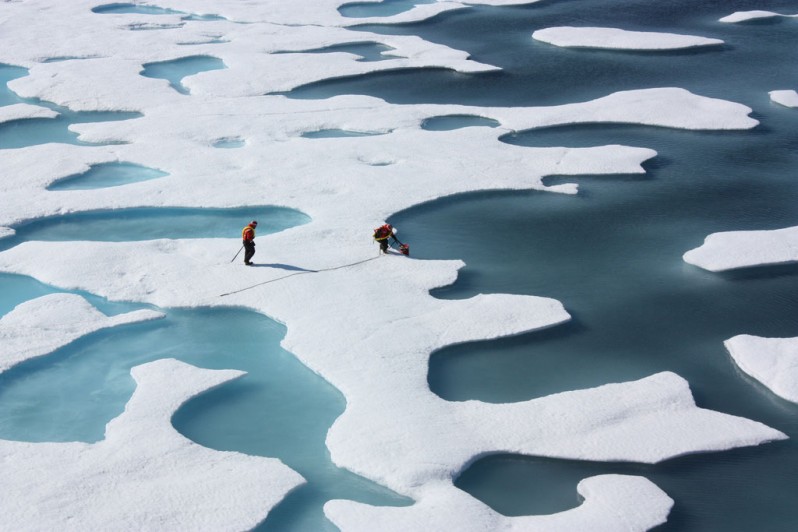
The shell of ice that covers the Arctic Ocean is nearing its yearly low point and projections suggest that it will be among the four lowest summer minimums on record.
Watching the Rivers Flow on Greenland
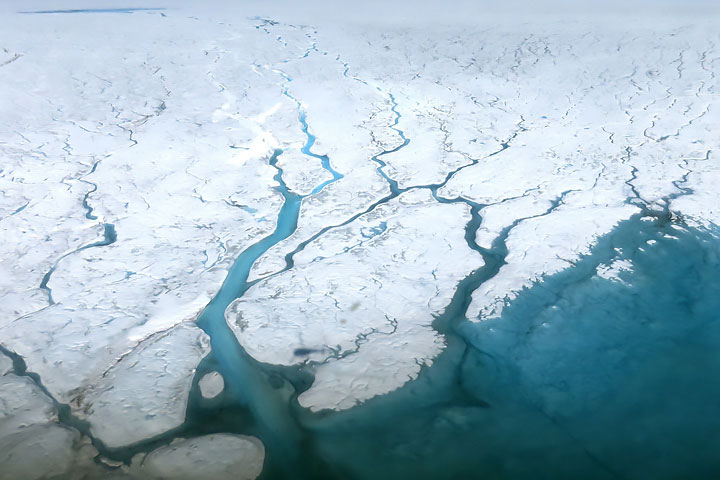
Besides contributing to sea level rise, melt water runoff also accelerates ice loss: when the water percolates through the ice sheet and reaches the rock below, it slightly lifts the ice, helping it flow faster toward the ocean.
New Sea-Level Rise Handbook Highlights Science and Models for Non-Scientists

Coastal managers and planners now have access to a new U.S.G.S.handbook that, for the first time, comprehensively describes the various models used to study and predict sea-level rise and its potential impacts on coasts.
The Fingerprints of Sea Level Rise
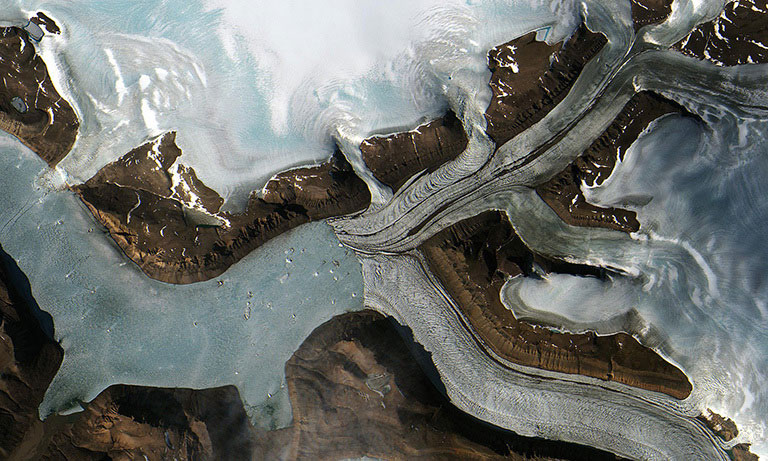
When you fill a sink, the water rises at the same rate to the same height in every corner. That’s not the way it works with our rising seas.
NASA: Rising Sea Levels More Dangerous Than Thought
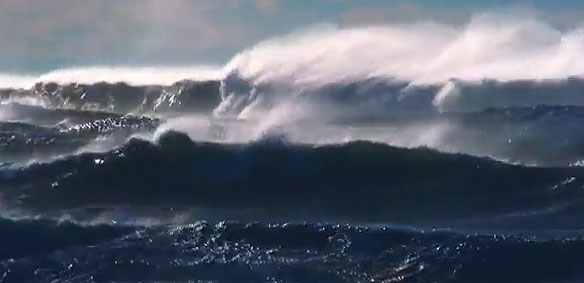
The consequences of global sea level rise could be even scarier than the worst-case scenarios predicted by the dominant climate models, which don’t fully account for the fast breakup of ice sheets and glaciers, NASA scientists said today (Aug. 26) at a press briefing.
10 Years Since Katrina: The Climate Connection is Clear (Op-Ed)

Rising sea levels increase the probability of storm-induced surges. As with Katrina and Sandy, they are often the most destructive aspects of hurricanes…
Vanishing Stories in a Vanishing Country
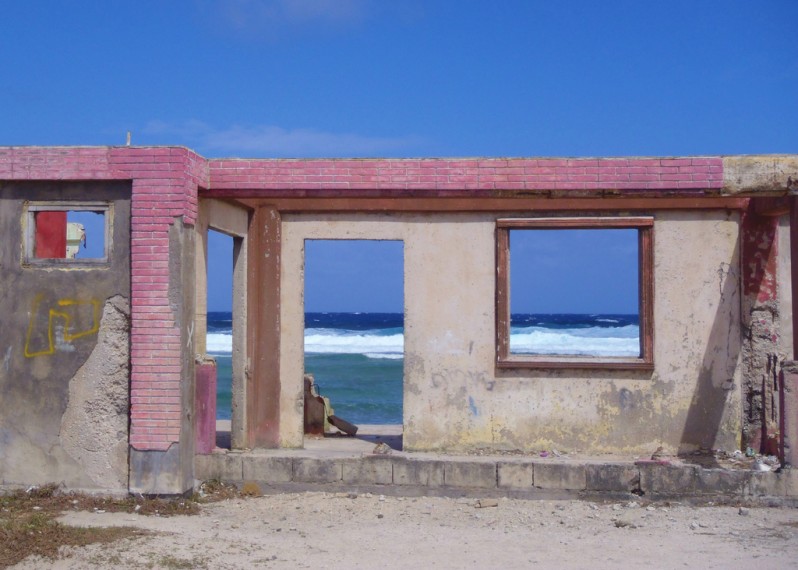
One of the clearest, and far-less-talked-about, injustices of climate change is that it threatens to disappear entire countries.
Gulf Eats Away at Coast Outside Levee-Protected New Orleans
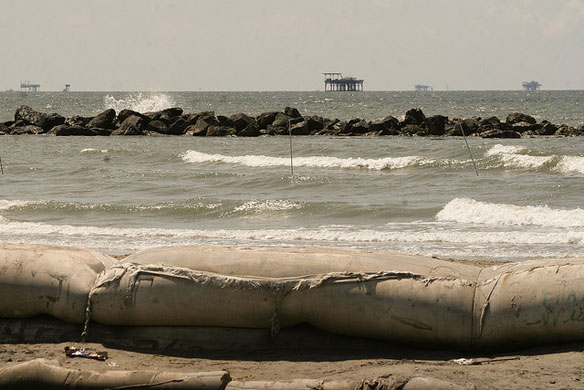
In the past century, more than 1,880 square miles of Louisiana land has turned into open water — an area nearly the size of Delaware. And the loss continues unabated, with an estimated 17 square miles disappearing on average each year.
